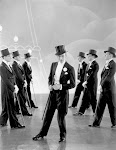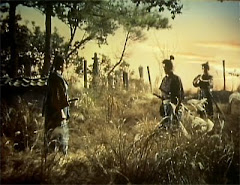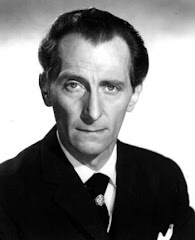 More from Thrilling Cities. This time Fleming recounts his bath and massage experience at the capable hands of a real-life Kissy:
More from Thrilling Cities. This time Fleming recounts his bath and massage experience at the capable hands of a real-life Kissy:The night before, Dick and I had consumed large quantities of raw fish in a restaurant off the Ginza, which is one of the great pleasure street of the world, and even larger quantities of sake, a heated rice-spirit to which I took rather too enthusiastically, and now, nursing something of a hang-over, I was looking forward to the healing properties of the most famous Japanese bath-house, the Tokyo Onsen. We went there after another delicious meal which included quails cooked in raw quail's egg (Mrs. Elizabeth David, please note!), and it was indeed a remarkable experience.
Many Japanese have no baths in their houses and the two or three bath-days a week at the public baths are great occasions. I can now well understand why. At the desk on the first floor of the large, rather drab, building, I paid fifteen shillings and was then taken in hand by the prettiest Japanese girl I was to see during the whole of my stay. Her name was Kissy and she was twenty-one. She had the face of a smaller, rather neater, Brigitte Bardot, with black hair in a B.B. cut. She wore nothing but the shortest and tightest of white shorts and a white brassiere.
She led me by the hand down a corridor to a small room divided in two. The ante-room contained a dressing-table laden with various oils, powders, and unguents and a chair for my clothes, which she prettily asked me to remove. It was obviously no good being demure about this, so I obeyed her, and she took my suit and brushed it and hung it up on a hanger. She then led me by the hand into the interior half of the room, where there was a large wooden box with a hole in the top - a one-man Turkish bath - into which she placed me. She then closed the top and, after some pleasant but rather stilted conversation, coquetted with her hair-do in a looking glass. After a quarter of an hour in a the very hot box, she raised the lid and helped me down on to the spotless tiled floor, and bade me sit besided a sunken blue-tiled bath on a small stool, when she proceeded to give me an energetic shampoo and scrubbed me with soap and a loofah from top to toe. Well, almost, that is. She avoided the central zone and hand me the loofah with a dimpling, "You do body." She then poured wooden pitchers of water over me to clean off the soap and guided me down the two steps in the deep, oval bath, the very hot water in which comes from natural hot springs.
Ten minutes of this and then, when she had towelled me down, I was bidden to lie on a high massage table where she proceeded to massage me thoroughly and expertly - none of that effleurage, but the really deep massage for which the Japanese are famous. I may say that any crude Western thoughts I might have entertained during these processes were thouroughly washed from my mind by the general heat and exertions I was put through, but that is not to say that I was not vastly stimulated and intrigued by the whole performance. Thinking that she might find my reserve rather ungallant, I asked her if she didn't occasionally have "bad men" who suggested "bad things" to her. The message, not perhaps unexpected, got through. She answered with a bewitching but quite neutral politeness that such people went to other places, places on the Ginza. The Onsen was only for "gentremen." There was no hint of a rebuke in her attitude.

























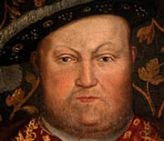
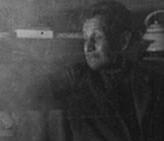

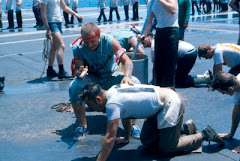



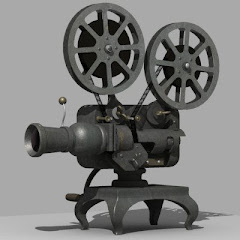
.jpg)
